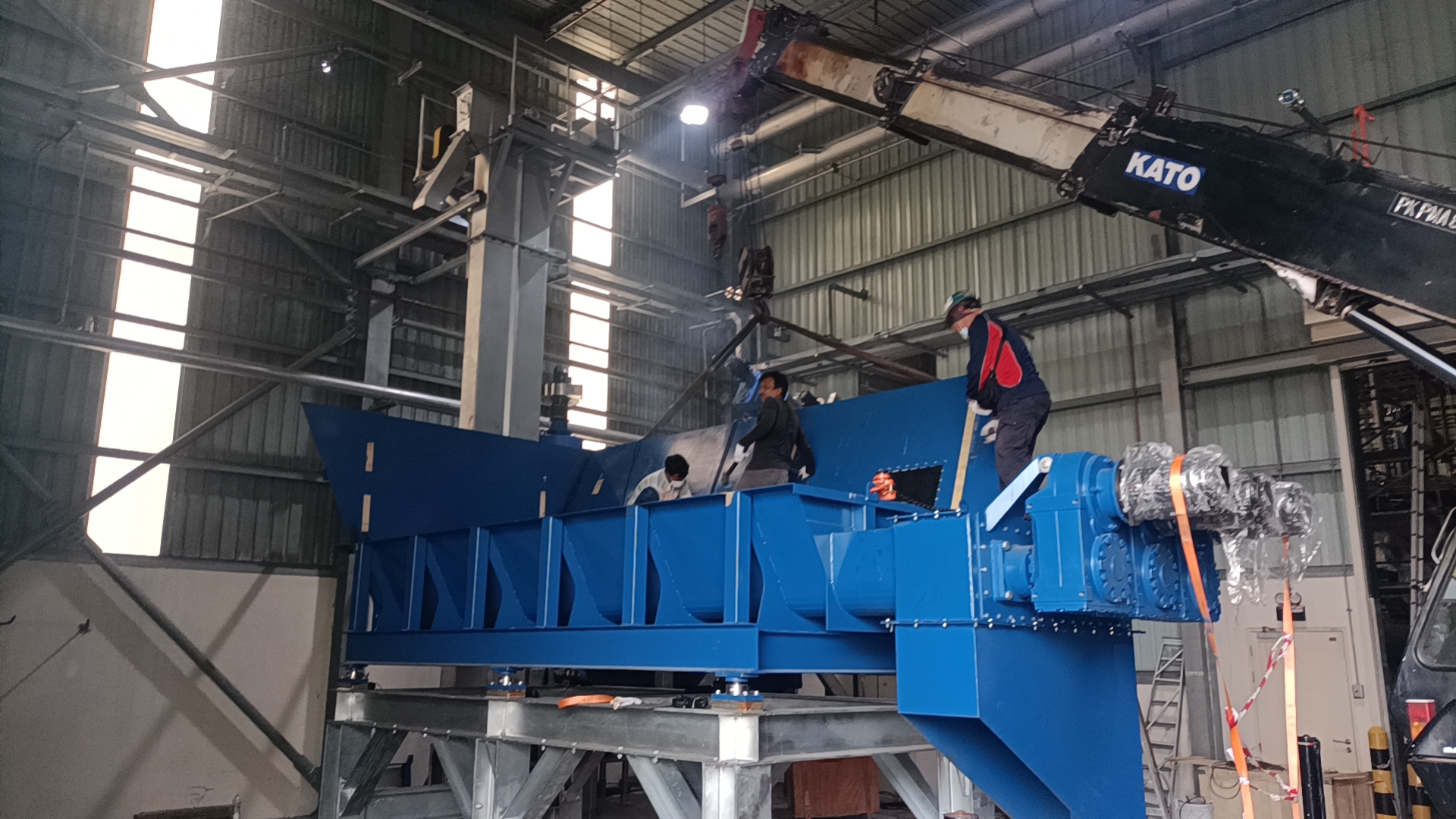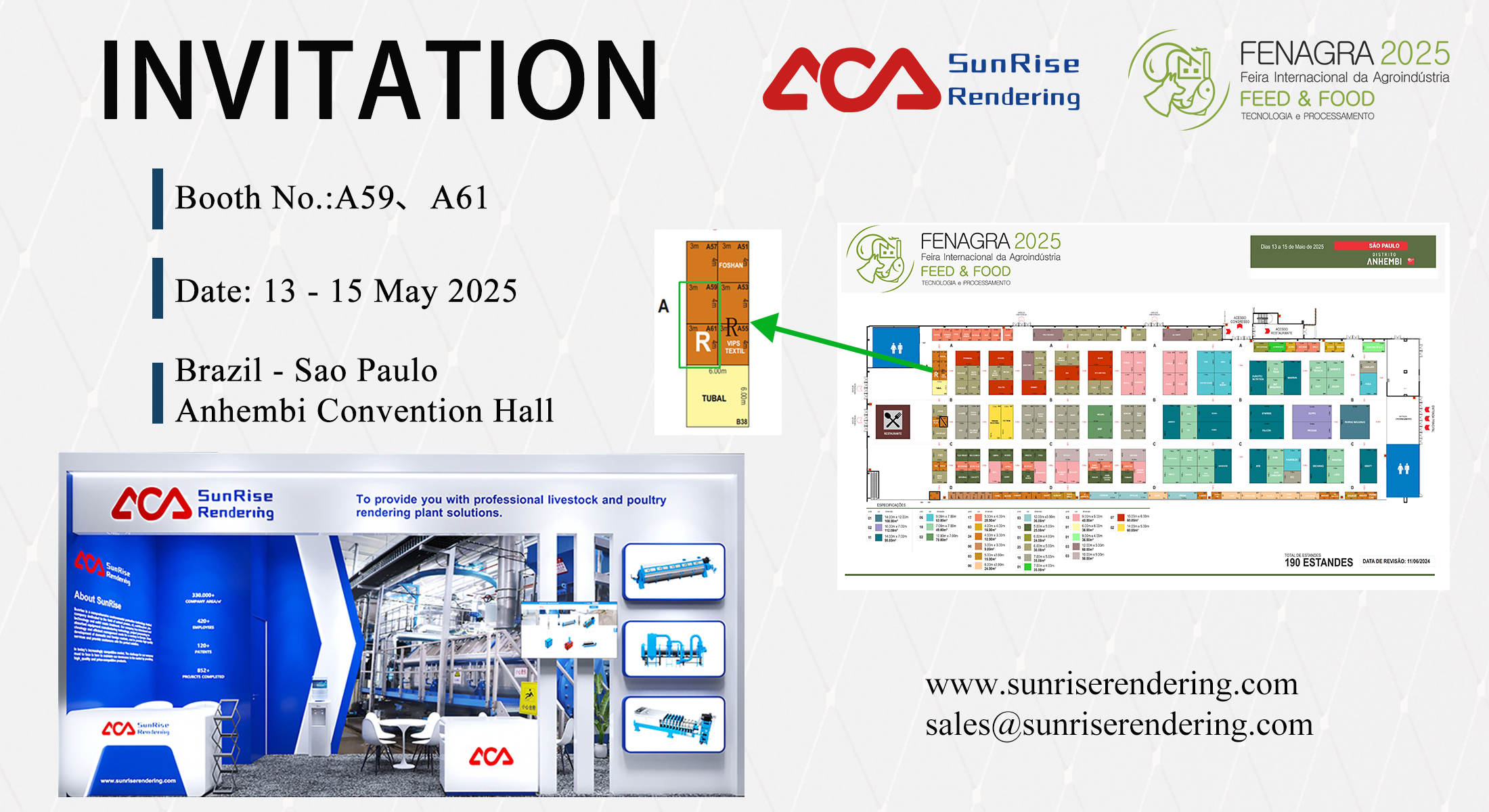
Air Cooled Condenser Chiller: A Comprehensive Guide
Air Cooled Condenser Chiller: A Comprehensive Guide
An air cooled condenser chiller is a type of refrigeration system that is commonly used in many industrial and commercial applications. It is designed to remove heat from a process or a space using air as the cooling medium. Unlike water-cooled systems, air-cooled systems do not require a constant supply of water, making them more cost-effective and easier to maintain.

The basic principle of an air-cooled condenser chiller is simple. It works by circulating a refrigerant through a series of pipes or coils, which absorb heat from the process or space being cooled. The heated refrigerant is then pumped to the condenser, where it is cooled by passing air over the coils. The cooled refrigerant is then sent back to the evaporator to start the process over again.
Air cooled condenser chillers are commonly used in a variety of applications, including data centers, hospitals, manufacturing facilities, and commercial buildings. They are ideal for applications where water is scarce or where the cost of water is high. They are also popular in areas where the climate is dry and hot, as they can provide efficient cooling without the need for a constant water supply. Overall, air cooled condenser chillers offer a reliable and cost-effective cooling solution for a wide range of industrial and commercial applications.
Fundamentals of Air Cooled Chillers

Air cooled chillers are a type of refrigeration system that use air as the cooling medium instead of water. They are commonly used in commercial and industrial settings to provide cooling for buildings, process cooling, and other applications.
The basic components of an air cooled chiller include a compressor, condenser, expansion valve, and evaporator. The compressor compresses the refrigerant gas, which is then sent to the condenser where it is cooled by the air flowing over the condenser coils. The cooled refrigerant then flows through the expansion valve, which reduces its pressure and temperature, before entering the evaporator where it absorbs heat from the surrounding air or water.
One of the main advantages of air cooled chillers is that they do not require a separate cooling tower or water source, making them easier to install and maintain. They also tend to be more energy efficient than water cooled chillers, as they do not require as much energy to pump water through the system.
However, air cooled chillers can be less efficient in hot and humid environments, as the air temperature and humidity can affect the cooling capacity of the system. They also tend to be louder than water cooled chillers, as the fans used to circulate the air can generate noise.
Overall, air cooled chillers are a reliable and efficient option for cooling applications in a variety of settings.
Components of an Air Cooled Condenser Chiller

An air-cooled condenser chiller is a type of refrigeration system that uses air as the cooling medium instead of water. This type of chiller is commonly used in places where water is scarce or where water quality is poor. The components of an air-cooled condenser chiller include:
Condenser Coils
The condenser coils are the part of the chiller that transfers heat from the refrigerant to the air. These coils are made of copper or aluminum and are designed to maximize heat transfer while minimizing pressure drop. The coils are typically arranged in a grid pattern and are surrounded by a fan that blows air over them.
Compressors
The compressors are the heart of the chiller and are responsible for compressing the refrigerant gas and pumping it through the system. There are two main types of compressors used in air-cooled condenser chillers: reciprocating compressors and scroll compressors. Reciprocating compressors are typically used in smaller chillers, while scroll compressors are used in larger ones.
Fans
The fans are responsible for blowing air over the condenser coils to remove heat from the refrigerant. There are two types of fans used in air-cooled condenser chillers: axial fans and centrifugal fans. Axial fans are typically used in smaller chillers, while centrifugal fans are used in larger ones.
Expansion Valves
The expansion valves are responsible for regulating the flow of refrigerant through the system. They work by reducing the pressure of the refrigerant as it passes through the valve, which causes it to expand and cool down. There are two main types of expansion valves used in air-cooled condenser chillers: thermostatic expansion valves and electronic expansion valves.
Overall, an air-cooled condenser chiller is a reliable and efficient way to cool a space without using water. By understanding the components of this type of chiller, it is possible to make informed decisions about its design and operation.
Working Principle of Air Cooled Chillers

Air cooled chillers use ambient air to remove heat from the refrigerant in the chiller. The working principle of air cooled chillers involves the following steps:
- The refrigerant enters the evaporator and absorbs heat from the process water or other fluid being cooled. As a result, the refrigerant changes from a liquid to a gas.
- The compressor then compresses the refrigerant gas, which raises its temperature and pressure.
- The high-pressure, high-temperature refrigerant gas then flows through the condenser, where it releases heat to the ambient air. The refrigerant changes from a gas to a liquid during this process.
- The liquid refrigerant then flows through an expansion valve, which reduces its pressure and temperature.
- The low-pressure, low-temperature refrigerant then enters the evaporator, where the cycle starts again.
Air cooled chillers use fans to blow air over the condenser coils, which increases the rate of heat transfer from the refrigerant to the ambient air. The efficiency of air cooled chillers can be affected by factors such as ambient temperature, humidity, and air flow.
Compared to water cooled chillers, air cooled chillers are typically easier to install and maintain, since they do not require a separate cooling tower or water treatment system. However, they may be less efficient in hot and humid climates, since the ambient air temperature and humidity can reduce the rate of heat transfer from the condenser coils to the air.
Types of Air Cooled Chillers
Air-cooled chillers are essential for cooling processes in various industries. They use air as the cooling medium instead of water, making them more efficient and cost-effective. There are three types of air-cooled chillers: scroll compressor chillers, screw compressor chillers, and centrifugal compressor chillers.
Scroll Compressor Chillers
Scroll compressor chillers are the most commonly used air-cooled chillers in the market. They are reliable, efficient, and easy to maintain. They use a scroll compressor, which compresses the refrigerant gas and circulates it through the condenser. Scroll compressor chillers are ideal for small to medium-sized applications.
Screw Compressor Chillers
Screw compressor chillers are designed for larger applications that require higher cooling capacities. They use a screw compressor, which compresses the refrigerant gas and circulates it through the condenser. Screw compressor chillers are more efficient than scroll compressor chillers and can handle higher loads.
Centrifugal Compressor Chillers
Centrifugal compressor chillers are the most efficient air-cooled chillers available in the market. They are designed for large applications that require high cooling capacities. They use a centrifugal compressor, which compresses the refrigerant gas and circulates it through the condenser. Centrifugal compressor chillers are ideal for industries that require precise temperature control and high efficiency.
In conclusion, air-cooled chillers are an essential component in various industries. The type of air-cooled chiller used depends on the application and cooling requirements. Scroll compressor chillers are ideal for small to medium-sized applications, screw compressor chillers are designed for larger applications, and centrifugal compressor chillers are the most efficient and ideal for large applications.
Installation Considerations
Space Requirements
When installing an air-cooled condenser chiller, it is important to consider the space requirements. The chiller requires adequate space for installation, maintenance, and repair. The installation space should be free from obstructions and should allow for easy access to the chiller components. The manufacturer’s installation manual should be consulted to determine the minimum space requirements for the chiller.
Environmental Factors
Environmental factors can affect the performance of an air-cooled condenser chiller. The chiller should be installed in a location that is free from direct sunlight, wind, rain, or other environmental factors that could affect its operation. The chiller should also be installed in an area that is free from dust, dirt, and other contaminants that could clog the condenser coils. The ambient temperature of the installation location should also be considered, as high temperatures can reduce the chiller’s efficiency.
Proper installation and consideration of space requirements and environmental factors are crucial for the optimal performance of an air-cooled condenser chiller.
Energy Efficiency and Sustainability
Energy Performance Ratings
Air-cooled condenser chillers are designed to be highly energy-efficient and are rated based on their energy performance. The Energy Efficiency Ratio (EER) and the Integrated Part Load Value (IPLV) are two common energy performance ratings used for air-cooled condenser chillers.
The EER measures the cooling capacity of the chiller against the amount of energy it consumes. The higher the EER, the more efficient the chiller is at cooling. The IPLV, on the other hand, takes into account the chiller’s performance at different load levels and is a more accurate measure of its overall energy efficiency.
When selecting an air-cooled condenser chiller, it is important to consider its energy performance ratings to ensure that it is energy-efficient and will help reduce energy costs.
Sustainable Refrigerants
Another important aspect of the sustainability of air-cooled condenser chillers is the type of refrigerant used. Many older chillers use refrigerants that are harmful to the environment, such as chlorofluorocarbons (CFCs) and hydrochlorofluorocarbons (HCFCs).
Newer air-cooled condenser chillers use more sustainable refrigerants, such as hydrofluorocarbons (HFCs) and natural refrigerants like ammonia and carbon dioxide. These refrigerants have a lower impact on the environment and contribute to a more sustainable future.
In addition to selecting an energy-efficient air-cooled condenser chiller, choosing one that uses sustainable refrigerants is also important for reducing the carbon footprint of a building or facility.
Maintenance and Operation
Regular maintenance is essential for the efficient operation of air-cooled condenser chillers. The following maintenance activities should be performed:
- Regular cleaning of the condenser coils to remove dirt and debris that can reduce the heat transfer efficiency. The frequency of cleaning depends on the location and environment of the chiller.
- Inspection of the fan blades and motor to ensure proper functioning. Any damaged or worn-out parts should be replaced immediately.
- Checking the refrigerant charge regularly to ensure that it is within the recommended range. Overcharging or undercharging of refrigerant can affect the chiller’s performance.
- Regular inspection of electrical connections to ensure they are tight and secure. Loose connections can cause electrical arcing and damage the equipment.
- Checking the oil level and condition of the compressor regularly. Low oil levels can cause compressor failure.
In addition to regular maintenance, proper operation of the air-cooled condenser chiller is also critical for its efficient performance. The following guidelines should be followed:
- The chiller should be operated within the manufacturer’s recommended operating conditions to ensure optimal performance.
- The chiller should be started and stopped according to the recommended procedures to avoid any damage to the equipment.
- The chiller should be operated at full load whenever possible, as it is more efficient than operating at partial loads.
- The chiller should be operated with the appropriate water flow rate and temperature to ensure proper heat transfer.
- The chiller should be operated with the recommended refrigerant charge to ensure optimal performance.
By following these maintenance and operation guidelines, air-cooled condenser chillers can operate efficiently and effectively, providing reliable cooling solutions for various applications.



